This week's staff picks
At the American Society for Biochemistry and Molecular Biology, we love to read as much as we love to write. We also love to talk about what we’re reading. Our office is always buzzing (either with not-so-hushed voices or the ping of email delivery notifications) as we share the inspiring, emotionally compelling, fascinating or simply funny articles or videos we can’t put down or stop watching/scrolling through. So, we figured, why not keep the conversation going?
Here’s a compilation of what our staff has been reading this week. Enjoy, and feel free to tweet us (@ASBMB) your thoughts.
A brutal murder, a wearable witness, and an unlikely suspect (Lauren Smiley, Wired)
Like a lot of Americans, I wear a Fitbit basically 24-7. Even when I'm not on a fitness kick (read: lazy), I like that my model receives text messages and tracks my sleep. Several months ago, my husband and I binged some true crime shows, and one memorable case included evidence from an ill-fated young woman's fitness tracker. When police got the tracker's GPS data, they could see the teen's frantic zigzags along a running trail as she tried, but failed, to evade her murderer. That episode got me thinking a lot, and talking a lot, about the role of these devices in criminal cases going forward. The other day, my husband, proving that he listens to me better than I listen to him, sent me the story I'm sharing with you here. It's about another murder case that relied, to some degree, on Fitbit data.
— Angela Hopp, communications director
Federal Toxmap shutters, raising the ire of pollution researchers (Michael Shulson, Undark)
In late December, the U.S. National Library of Medicine shuttered Toxmap, a free, interactive interface that did exactly what its name purports: mapped toxic sites of varying severity across the country by aggregating pollution data from at least a dozen government sources. The abrupt retiring of the program, which was launched in 2004, overhauled in 2018 and powered by more than 30 years of federal environmental legislation, stunned environmentalists and academics.
— John Arnst, science writer
DNA analysis revealed the identity of 19th century “Connecticut vampire” (Jennifer Ouellette, Ars Technica)
It’s a story about vampires!!!
— Kaoru Sakabe, data integrity manager
Swiss Style: The principles, the typefaces and the designers (Callie Budrick, Print)
Take a dive into Swiss Style, born of the Bauhaus, De Stijhl and The New Typography. Daring during the time of its inception, Swiss Style over time has managed to remain daring but is now also classic. One example: All the signage in New York City (and many, many other places) uses Helvetica, an offshoot of Swiss typography. I love this style for its use of the grid and unmatched readability, while it still floats somewhat free on the page, and the letterforms can’t be beat. Enjoy!
— Lisa Schabel, senior designer
He was accused of enabling abuse. Then came a downward spiral. (Anemona Hartocollis, The New York Times)
This article has been controversial among people who care about harassment in science. It explores the death by suicide of Dartmouth psychology department chair David Bucci, not long after the college settled a lawsuit with graduate students who were abused by other professors in the department. According to the article, Bucci’s family considers him “a casualty of a scorched-earth legal strategy.” (People who have followed the case may remember that Dartmouth’s litigation strategy of moving to remove the plaintiffs’ public anonymity was also sharply criticized.) Hartocollis doesn’t offer any answers, and I don’t have any either. But it’s a sensitive, moving report that shows vividly that the consequences of sexual abuse in academia are felt beyond the direct victims.
— Laurel Oldach, science writer
Ask Kenn Kaufman: Falcons, hawks, owls, vultures—what exactly is a raptor? (Kenn Kaufman, Audubon)
When I volunteered with a local raptor rehabilitation conservancy, one question we often heard was, “What makes a bird a raptor?” It’s hard to distill decades of ornithological debate into a quick answer, but Kenn Kaufman does a great job of covering it. He also links to the recently published commentary in the Journal of Raptor Research, which is another great read if folks are interested in a more in-depth discussion.
— Emily Huff, publications manager, Molecular & Cellular Proteomics
I owe this staff pick to my first journalism professor, Rafael Lorente (now associate dean for academic affairs and director of the master’s program at the Philip Merrill College of Journalism at the University of Maryland). He shared this case study on LinkedIn recently, and I’m so grateful to have seen it. In this analysis, Oliver explained the production of “Bitter Cold: Climate change, public health and Baltimore” and “Code Red: Baltimore's climate divide,” two multimedia reporting projects led by Merrill students. They are in-depth investigations into the impact that climate change is having on Baltimore’s residents. The case study led me to the packages, and they are powerful. They transport you to Baltimore through photojournalism and compelling narratives about residents’ experiences. They also use data visualization to offer a comprehensive, well-supported look at what's happening in the city. I believe projects like this are incredibly valuable. They foster a deeper understanding of communities and inspire empathy. The transparency of the reporting for the project and long-term collaborations that went into their completion are impressive. To the reporters who worked on these projects: Thank you. This kind of work is what made me want to become a journalist!
— Allison Frick, multimedia and social media content manager
Making science accessible (Science)
A wonderful article with testimonials from scientists across the globe explaining their limiting experiences with techniques, resources, protocols and teaching styles commonly used in science and higher education.
— Quira Zeidan, education and public outreach coordinator
Enjoy reading ASBMB Today?
Become a member to receive the print edition four times a year and the digital edition monthly.
Learn moreGet the latest from ASBMB Today
Enter your email address, and we’ll send you a weekly email with recent articles, interviews and more.
Latest in Opinions
Opinions highlights or most popular articles
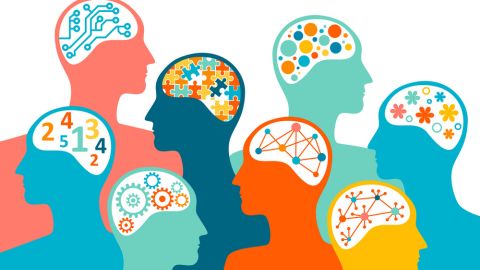
Embrace your neurodivergence and flourish in college
This guide offers practical advice on setting yourself up for success — learn how to leverage campus resources, work with professors and embrace your strengths.

Survival tools for a neurodivergent brain in academia
Working in academia is hard, and being neurodivergent makes it harder. Here are a few tools that may help, from a Ph.D. student with ADHD.
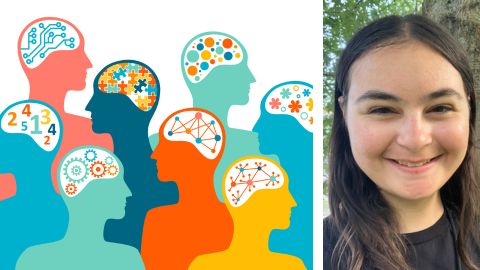
Hidden strengths of an autistic scientist
Navigating the world of scientific research as an autistic scientist comes with unique challenges —microaggressions, communication hurdles and the constant pressure to conform to social norms, postbaccalaureate student Taylor Stolberg writes.
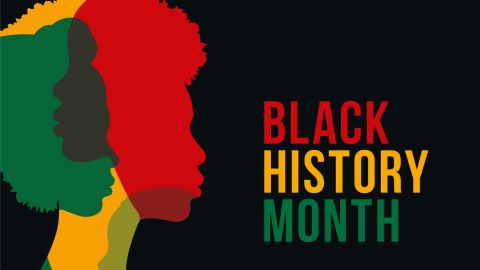
Black excellence in biotech: Shaping the future of an industry
This Black History Month, we highlight the impact of DEI initiatives, trailblazing scientists and industry leaders working to create a more inclusive and scientific community. Discover how you can be part of the movement.
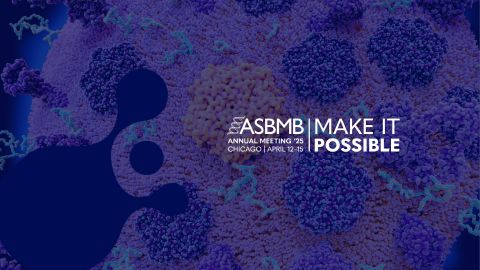
Attend ASBMB’s career and education fair
Attending the ASBMB career and education fair is a great way to explore new opportunities, make valuable connections and gain insights into potential career paths.
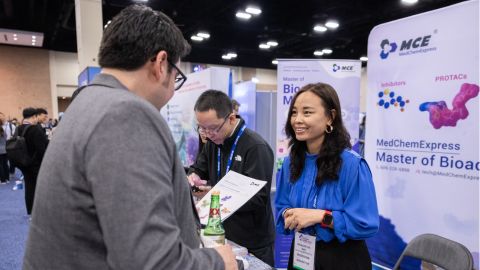
Benefits of attending a large scientific conference
Researchers have a lot of choices when it comes to conferences and symposia. A large conference like the ASBMB Annual Meeting offers myriad opportunities, such as poster sessions, top research talks, social events, workshops, vendor booths and more.
